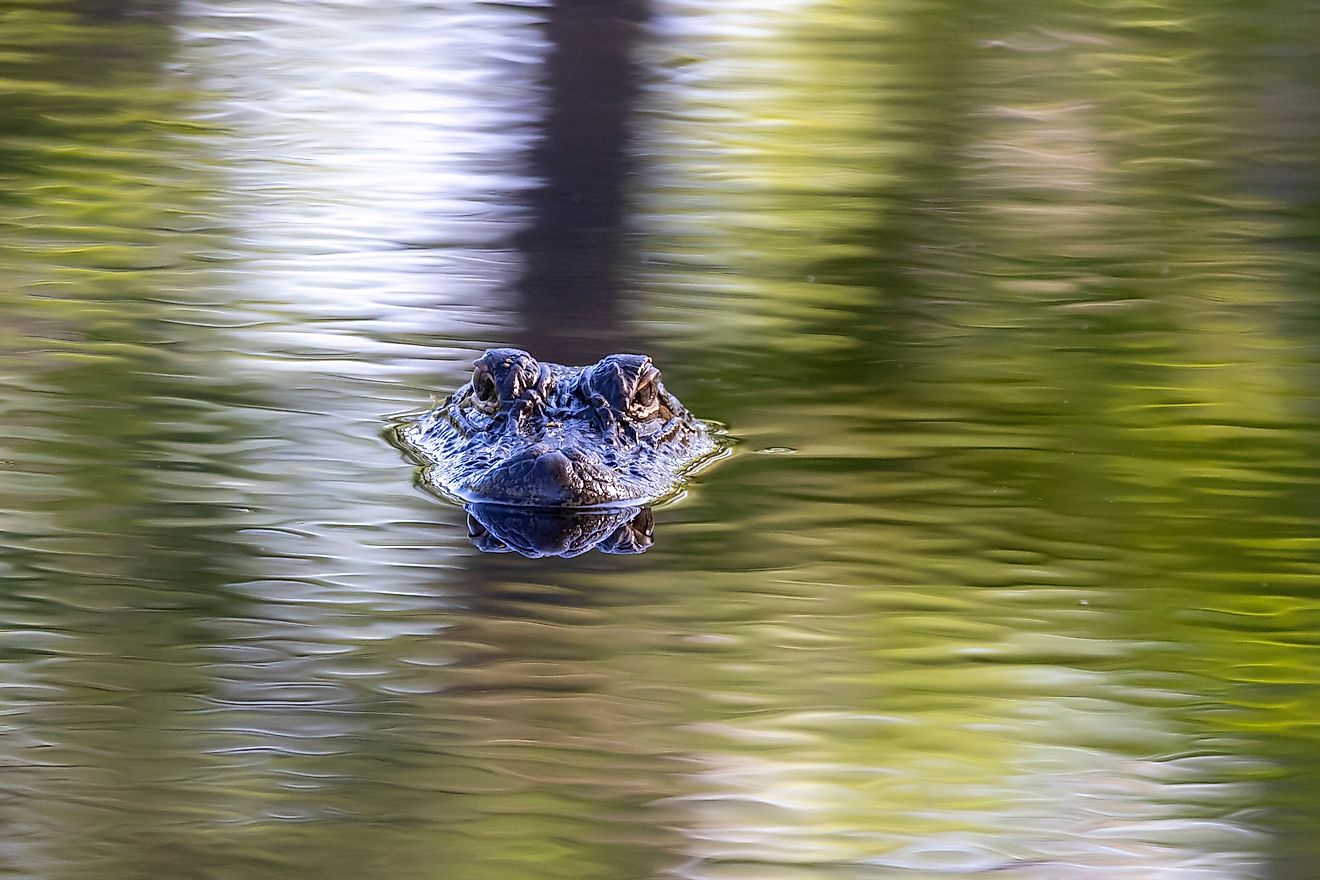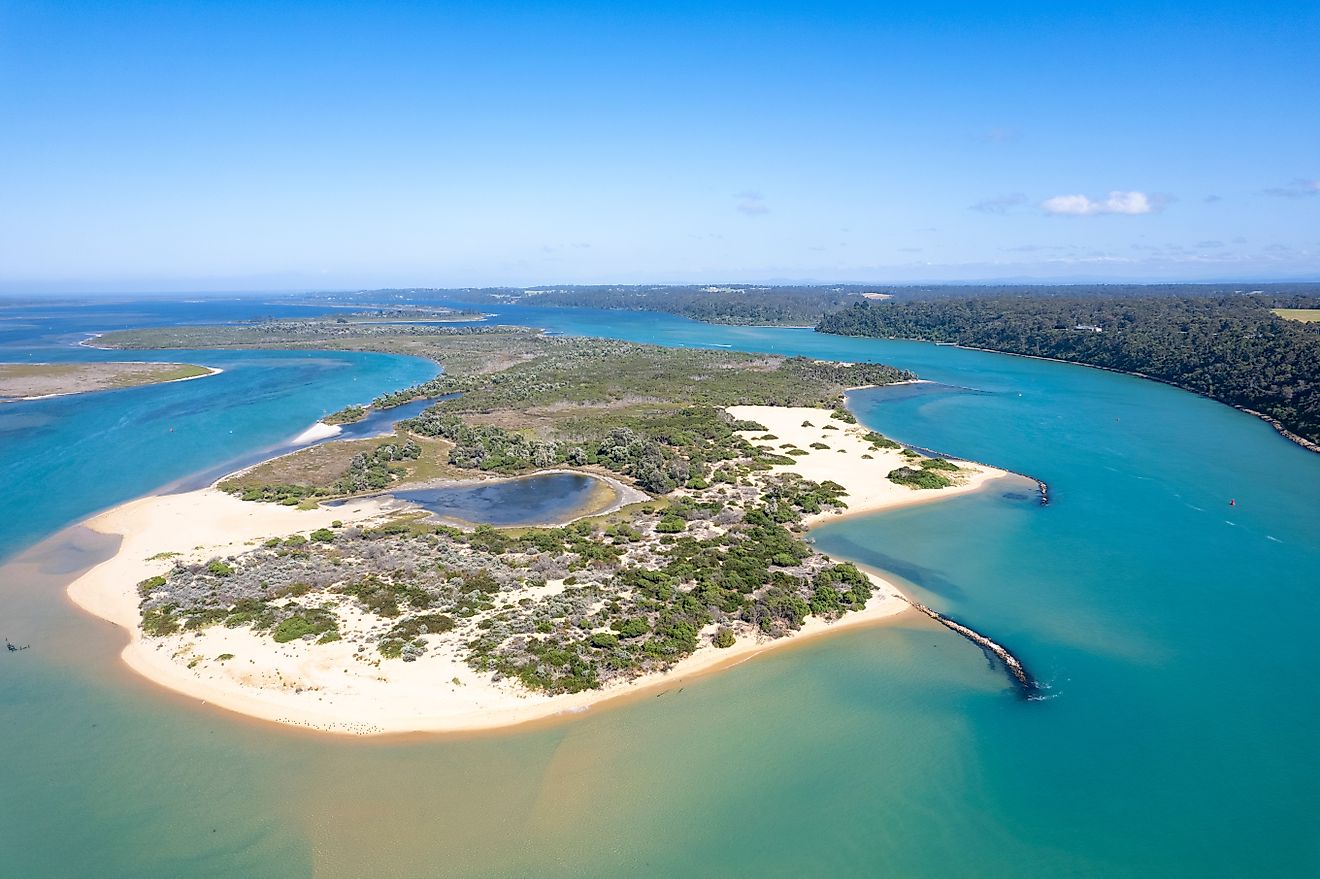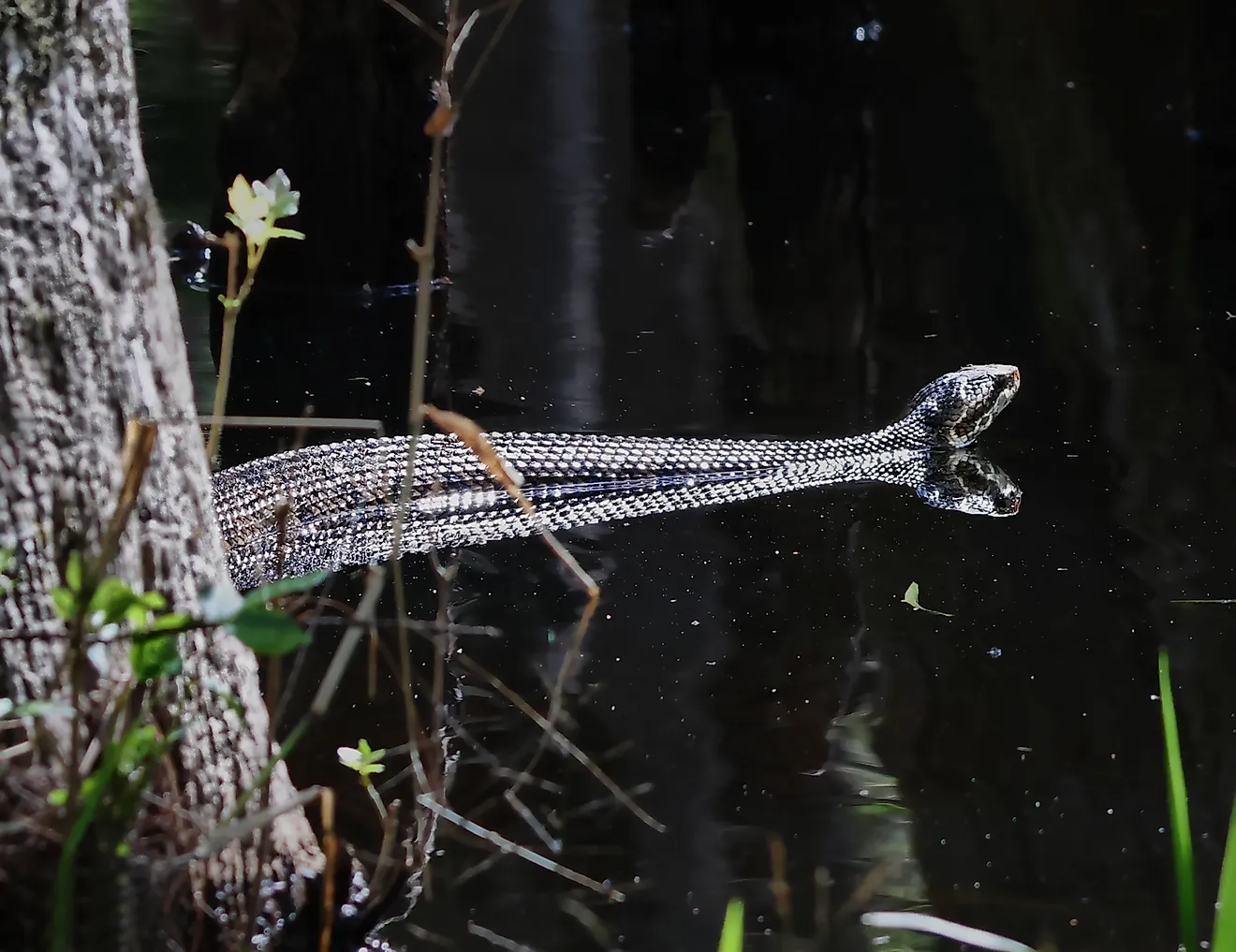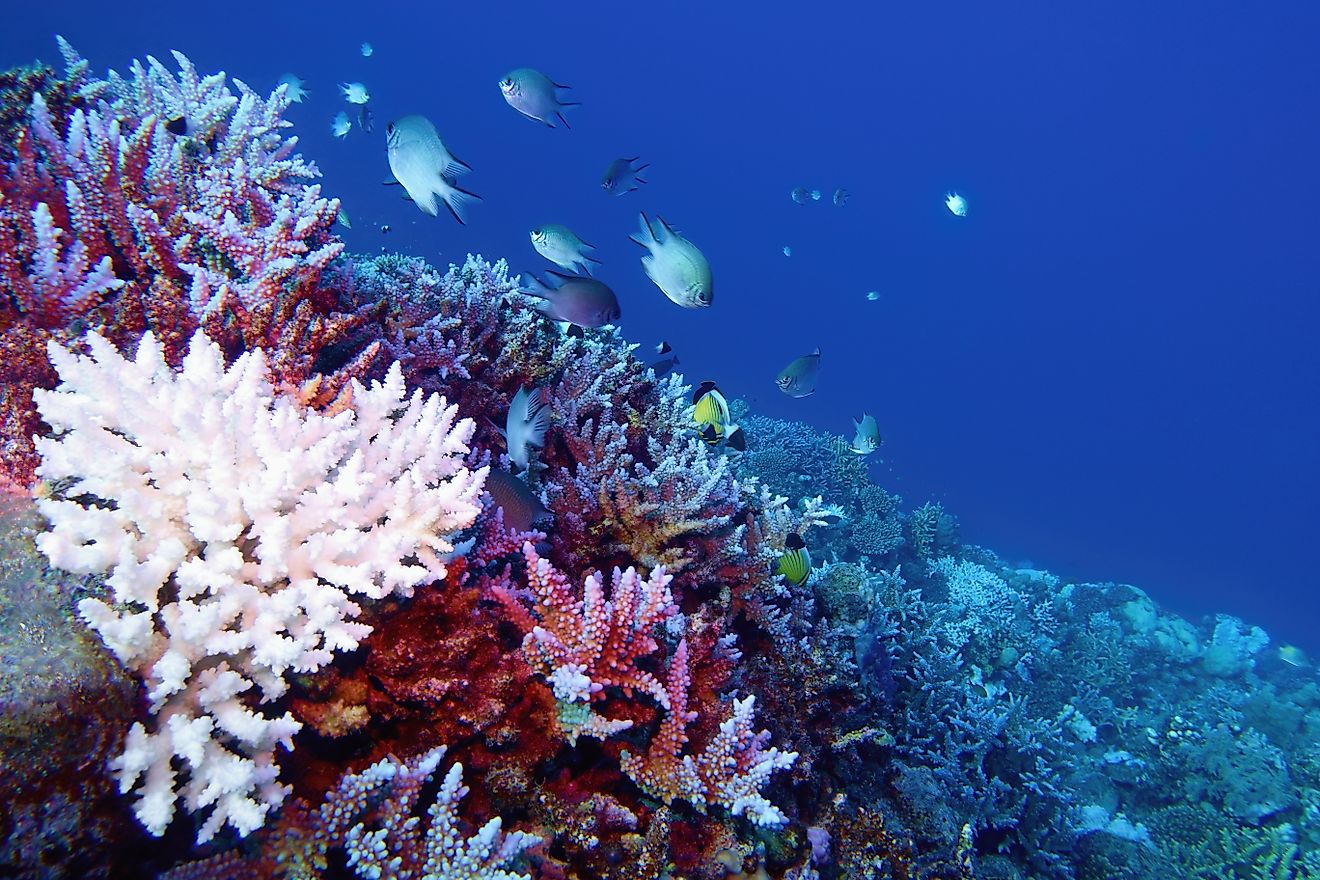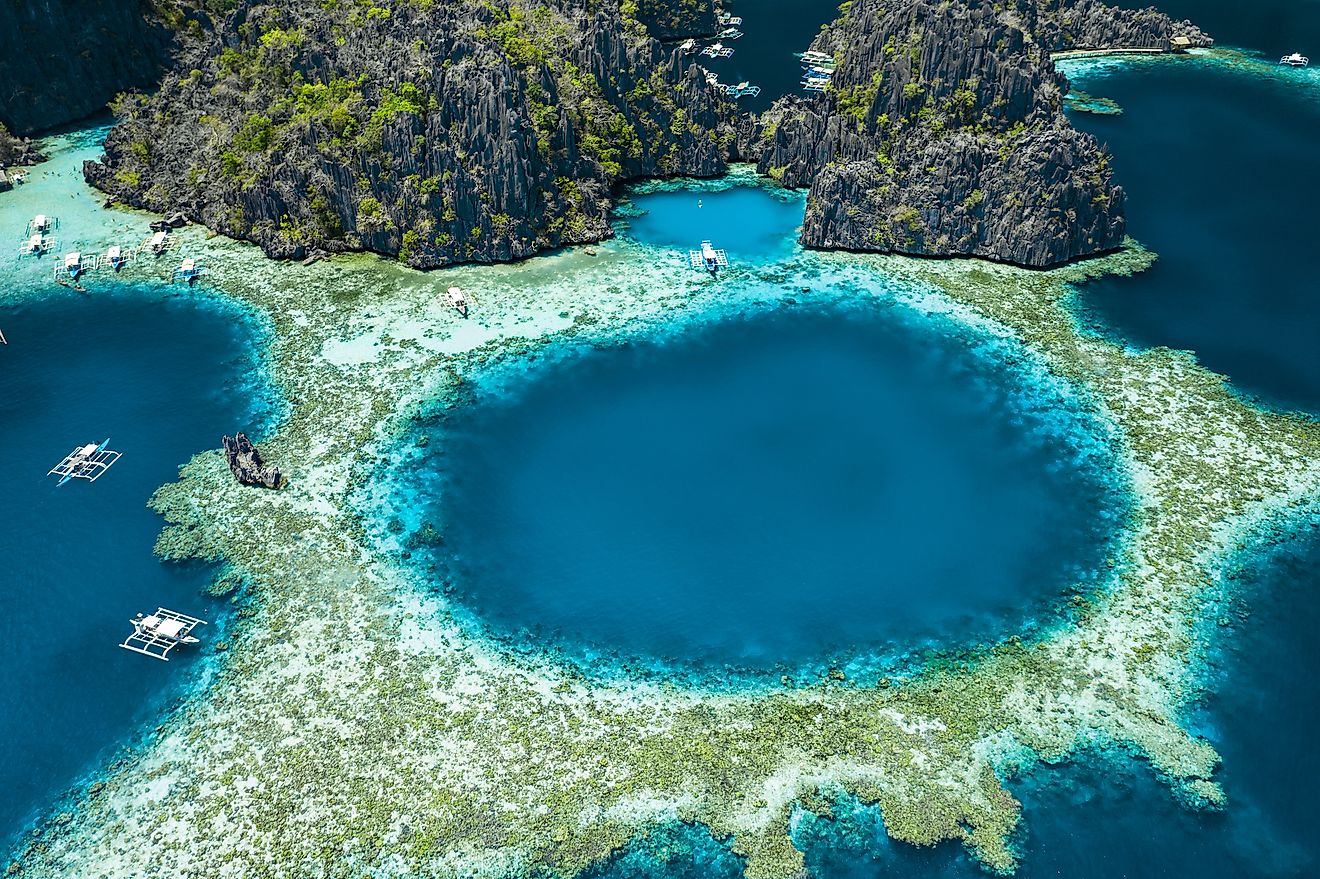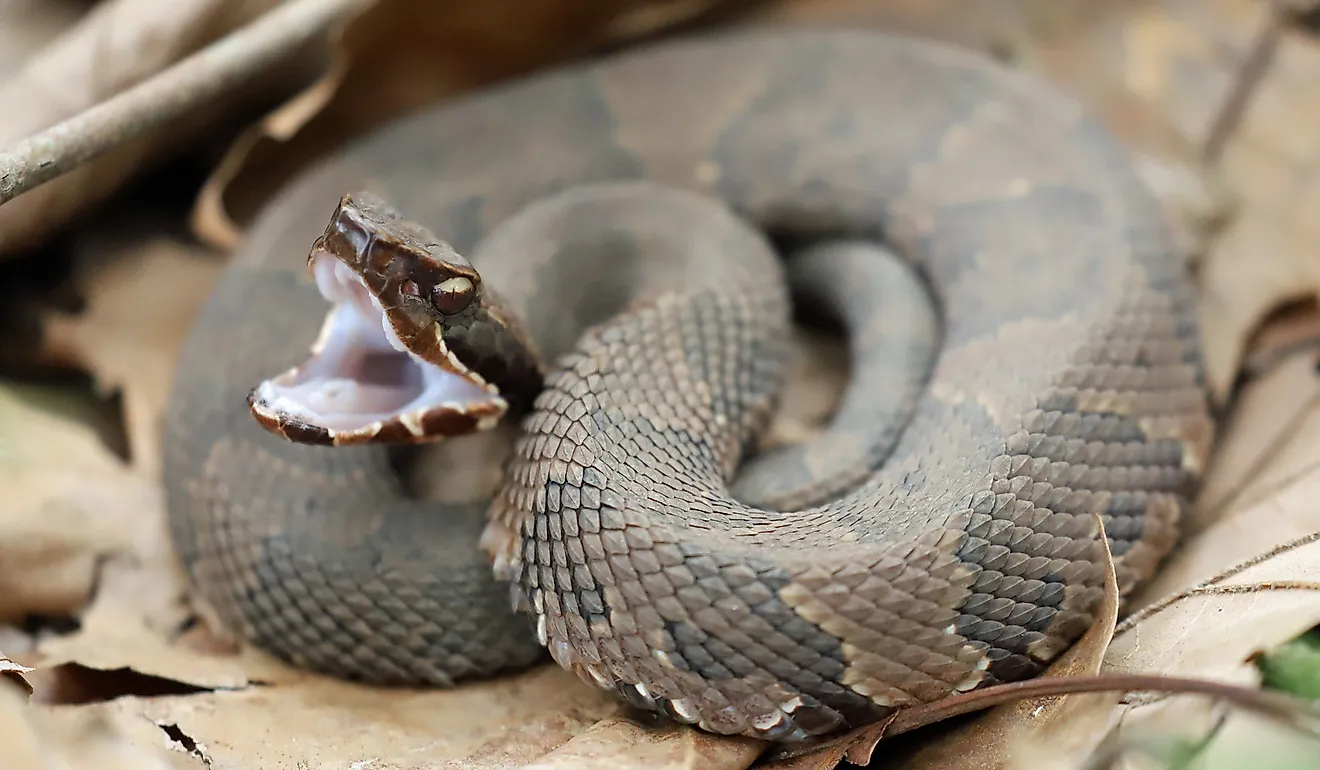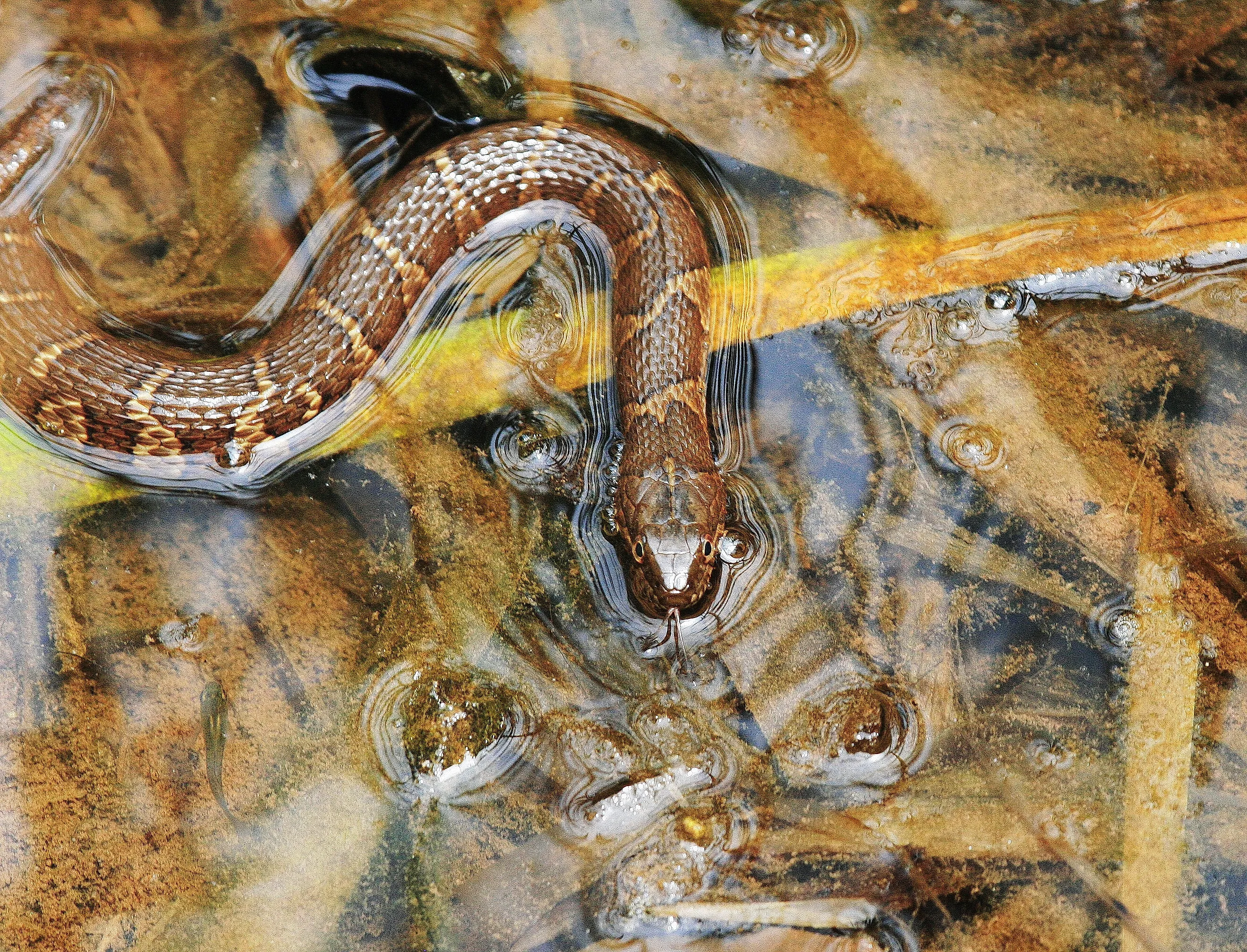
5 Of The Most Snake Infested Rivers In Virginia
Virginia may not have the sheer number of snake species found in Texas, the dramatic landscapes of Arizona, or the headline-making reptiles of Florida. Still, it quietly ranks among the East Coast’s most snake-diverse states with 32 species, three of which are venomous, including the Eastern Copperhead, the Timber Rattlesnake, and the Northern Cottonmouth. Watersnakes are found in lakes, reservoirs, streams, and rivers throughout the state.
In Virginia, there are three species of watersnakes: the brown watersnake, the Northern watersnake, and the plain-bellied watersnake. One of the most prevalent snakes is the Northern watersnake, which is often confused for a cottonmouth. While the state may boast an impressive roster of snakes, that shouldn’t send you running for the Blue Ridge Mountains. If anything, it’s a gentle reminder that nature is alive and well in the Old Dominion, perfect for outdoor enthusiasts who like a little adventure with their fresh air.
James River

The scenic James River is Virginia’s largest river, beginning in the Appalachian Mountains at the confluence of the uniquely-named Cowpasture and Jackson Rivers, flowing for 340 miles to the Chesapeake Bay as the largest tributary to the bay. The James River itself is fed by 25,000 miles of tributaries, making it one of the longest rivers in the United States that begins and ends in the same state. The river is sometimes referred to as “America’s Founding River,” thanks to its role in the Revolutionary and Civil wars, and its proximity to Jamestown, Virginia.
The Dutch Gap Conservation Area, situated along a broad tidal section of the James River, is a popular destination for outdoor enthusiasts, boasting over 800 acres of woodlands and waterways, including the Dutch Gap Water Trail. You can paddle through a winding maze of tidal marshes and wetlands, observing wildlife like herons, ospreys, snapping turtles, and Northern watersnakes along the banks of the river. Other snakes spotted in the area include Dekay’s brownsnakes, rough greensnakes, Eastern Kingsnakes, and North American Racers.
York River

One of Virginia’s most storied rivers, the 34-mile-long estuary known as the York River, starts near the town of West Point before eventually emptying into the Chesapeake Bay near colonial Yorktown. The York River is a full tidal river, meaning it is freshwater at its head, brackish in the middle, and salty near the bay, making it a rich habitat teeming with diverse wildlife, including ospreys, bald eagles, and herons, as well as bottlenose dolphins, blue crabs, and reptiles. Snakes, such as Northern water and rat snakes, have been spotted in the park. Although these snakes are non-venomous, they may strike when cornered and draw blood.
One of the best places to spend time near the river is at the York River State Park, a designated Chesapeake Bay National Estuarine Research Reserve. The park hosts a variety of events year-round that focus on the history, wildlife, and preservation of the river and its marshes. Enjoy over 40 miles of hiking, mountain biking, and equestrian trails, a boat ramp, and both fresh and saltwater fishing spots.
Rappahannock River

The Rappahannock River stretches 195 miles from the Blue Ridge Mountains to the Chesapeake Bay. One of Virginia’s most iconic waterways, the river played a pivotal role in the Civil War, particularly around Fredericksburg. Today, the river is one of the least-dammed major rivers on the East Coast, supporting a diverse array of ecosystems and providing critical habitat for fish and wildlife. The Rappahannock River was named as one of “America’s Most Endangered Rivers of 2025” by American Rivers, a non-profit organization focused on river conservation, restoration, and advocacy.
On the lower part of the river, the Rappahannock River Valley National Wildlife Refuge protects 20,000 acres of wetlands and its uplands along the river and its major tributaries. The refuge was initially established to look after migratory birds and endangered species. Five units are open to the public year-round, offering opportunities for wildlife observation, photography, fishing, hiking, and paddling. Near the river’s edge, you may encounter water snakes like the Northern water snake and the semi-aquatic eastern garter snake.
Nottoway and Blackwater Rivers

The Nottoway River merges with the 105-mile-long Blackwater River at the Virginia-North Carolina state line. Both rivers flow through swampy, slow-moving coastal plain habitat, prime water-snake territory. Like many of the snake-infested rivers in Virginia, Northern water snakes are common in the Nottoway, but it’s also one of the few places in Virginia where you will see brown water snakes.
Spend time near the tea-colored, slow-moving Blackwater River at the Blackwater River Preserve, which is only accessible by canoe. The preserve protects one of the finest remaining stands of ancient bald cypress forest in the southeastern U.S., with some trees estimated to be more than 800 years old. Researchers have even used these cypress trees, which are older than the Jamestown colony, to study historic climate patterns. The preserve is also home to many unique reptile and amphibian species, as well as a healthy fish population swimming beneath the water’s surface.
Water Snakes of Virginia’s Iconic Rivers
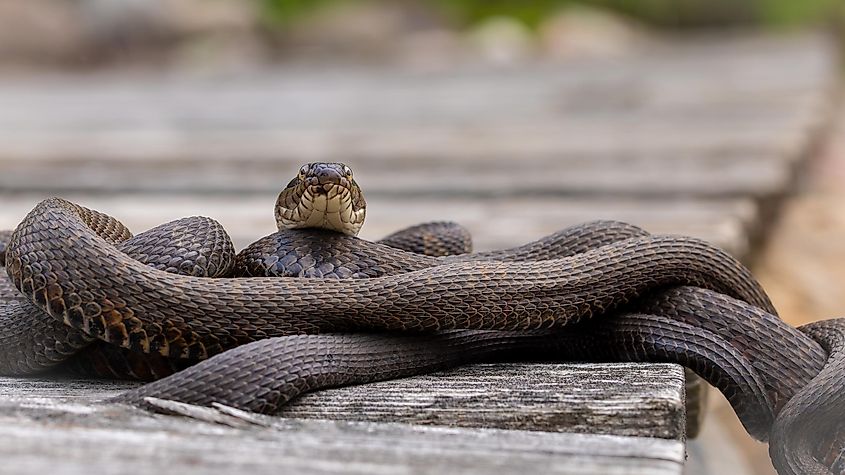
From the tidal stretches of the James and York to the wild Rappahannock and the swampy Nottoway and Blackwater, Virginia’s iconic rivers offer some of the best places in the state to encounter water snakes in their natural habitat. These waterways flow through marshes, wetlands, and ancient cypress swamps where Northern water snakes thrive, joined in certain regions by brown water snakes, rat snakes, and even semi-aquatic garter snakes. Whether you’re paddling the maze-like marshes of Dutch Gap, hiking through York River State Park, exploring a refuge along the lower Rappahannock, or drifting through the tea-colored water of the Blackwater’s old-growth swamp, water snakes are a natural and fascinating part of Virginia’s river ecosystems.

